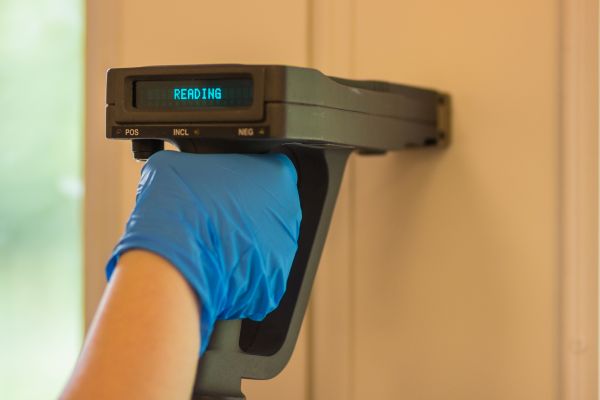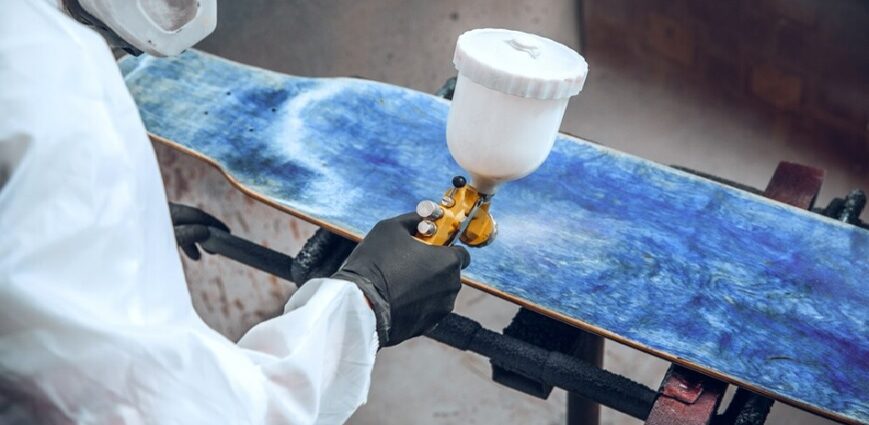Lead paint testing is a crucial step in safeguarding your home and family from the dangers of lead exposure. Although the use of lead-based paints has been banned in many countries, older homes may still harbor this hazardous substance, posing significant health risks. This guide will walk you through why lead paint testing is essential, how it is performed, and what actions to take if lead is detected.
Why Lead Paint Testing is Essential
Lead is a toxic metal that was commonly used in paints until its ban in 1978 in the United States. Homes built before this ban are at risk of having lead-based paint, which can deteriorate and produce lead dust. Lead poisoning is particularly harmful to children, pregnant women, and pets, causing developmental issues, neurological damage, and other severe health problems.
Lead exposure often occurs through ingestion or inhalation of lead dust or lead-contaminated soil. Children are especially vulnerable as they may accidentally ingest lead dust through hand-to-mouth behavior. Ensuring safety through lead paint testing helps identify potential hazards before they pose a risk to health.
The Lead Paint Testing Process
- Identifying Potential Areas: The first step in lead paint testing is to identify potential sources of lead. Focus on homes built before 1978, especially if the paint is peeling, chipping, or worn. High-risk areas include windows, doors, and areas with frequent friction.
- Types of Lead Paint Testing: There are several methods for testing lead paint:
- X-Ray Fluorescence (XRF): This non-destructive method uses an X-ray to measure the amount of lead in paint layers. It is highly accurate and provides immediate results.
- Paint Chip Sampling: A licensed professional can take paint samples from your home to be analyzed in a laboratory. This method is effective but may take longer to get results.
- Lead Test Kits: Available at hardware stores, these kits allow homeowners to test paint surfaces themselves. While convenient, they may not be as reliable as professional testing.
- Hiring a Professional: For comprehensive and reliable results, consider hiring a certified lead inspector or risk assessor. They can conduct a thorough evaluation and interpret the results accurately.
- Understanding Test Results: Lead levels in paint are measured in micrograms per square centimeter (µg/cm²). The Environmental Protection Agency (EPA) has established that any detectable level of lead in paint is a cause for concern, especially in homes with young children or pregnant women.

Actions to Take if Lead is Detected
If lead is found in your home, it’s important to take immediate action to ensure safety:
- Contain and Manage Lead: If the lead levels are low, you may be able to manage the situation by keeping the area clean and minimizing lead dust. Regular cleaning with a damp cloth can help reduce lead dust.
- Repair and Renovate Safely: For higher lead levels or significant deterioration, professional remediation may be required. This includes removing or sealing lead-based paint and ensuring that the work area is properly cleaned and inspected.
- Abatement Services: If lead hazards are severe, lead abatement services might be necessary. These services involve the permanent removal or encapsulation of lead-based paint and require a certified contractor to handle the work.
- Ongoing Monitoring: After remediation, continue to monitor the condition of your home and perform regular cleaning to prevent lead dust accumulation.
- Health Monitoring: Ensure that all family members, especially children, undergo regular health check-ups to monitor for lead exposure. Blood tests can determine if lead levels in the body are elevated.
Preventive Measures
In addition to testing and remediation, there are several preventive measures you can take to protect your family from lead exposure:
- Maintain Your Home: Regularly inspect and maintain your home to prevent peeling or chipping paint.
- Use Lead-Safe Practices: When renovating or repairing, use lead-safe work practices to minimize dust and contamination.
- Educate Yourself and Others: Stay informed about lead hazards and educate your family and community about the importance of lead paint testing.
Conclusion
Lead paint testing is an essential component of home safety, particularly in older properties. By understanding the risks, conducting thorough testing, and taking appropriate action, you can protect your family from the dangers of lead exposure. Whether you choose to test the paint yourself or hire a professional, addressing potential lead hazards promptly will help ensure a safe and healthy living environment.

